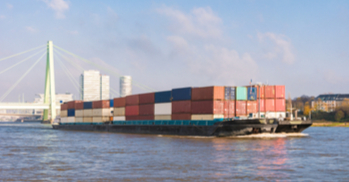Strategy for Switzerland
In Switzerland, no explicit planning for combined transport is being promoted. CT, as part of rail freight transport, is part of the planning for the development of the rail-based transport network and thus of the railway infrastructure, extension programs which include, among others, the Rail Link through the Alps (NEAT) and the removal of profile obstacles to create a continuous 4-meter corridor.






